Single point swinging aerial disciplines
How do the laws of the pendulum affect students doing single point apparatus like straps, silks, aerial hoop, aerial pole, dance trapeze, (and a few others I have not mentioned?) The kind of swing often used by these disciplines is a lateral circular swing, which covers a larger surface area of the stage. Sometimes they use a single plane swing, as used in two-point swinging disciplines (see parts 1 and 2 of this series.) It’s not necessary to gain height while going around in a circle because more than likely, the training or performing space has an area limit. If the student were to gain height, they would also increase the area, but since there is a limit in area, this is not necessary. Height is not a feature required for these acts to succeed, so no purposeful attempt is made to train students to maintain or gain height. Once the student is “flying”, the weight of the student will cause the diameter of the circle of their swing to diminish and eventually return them to a static state. Student use their running momentum to start a new circular pendulum sequence for their maximum area, and will need to landed after a short routine. Due to the usually small size of the diameter of the circle, the weight changes during the swing will be minimal, unlike those on flying trapeze, so no extra strength will be required to achieve their skills while swinging.
Duo straps/silks is different in that when both artists are swinging (usually in a single plane), and meet, then grab onto each other, their forwards momentum is transformed into circular speed and they will spin very quickly which creates a centrifugal force which will add to their body weight making those high speed spinning skills more difficult. The forces that they are under are all lateral and the increase in body weight is uniform, unlike the single plane pendulum acts that can massively increase body weight at the suspension point of each swing. The effect of this lateral spinning action is worth the effort and adds to the entertainment value of these acts. Most shows who employ this kind of act require a mechanical high-speed winch to raise the performers to various heights as the routine and choreography requires. The speeds of the winch raising the performers, effectively shortens the pendulum, and therefore this will also increase the amplitude of the swing already created. This is put into use when the performer/s stands at the edge of the performing area and allows the winch to pull them off the ground creating a single plane swing. Any sequences that they perform/train in this way will automatically expose them to all of the laws of the pendulum that we have read in parts 1 & 2 of this series. A skilled winch operator will be required as a “third” person in one of these acts to control the speed of the take off and landings, safely back on stage at the end of each sequence.
I addition to the lateral swings of the single point apparatus, we can include in this subject, the pendulums created on any vertical apparatus like experienced on a corde or silks. Lateral spinning of the performer on a Spanish web has always been a crowd pleaser. The web “sitter” who is controlling the speed of the performer from the ground will soon realise that the faster they turn the web, the higher the body of the performer will raise until completely horizontal. The centrifugal force required by the performer’s grip on the rope/hand loop is very high. The high centripetal forces experienced by the performer during this spin often causes little blood vessels to burst in their eyes or on their face. The implementation of adapted bio-mechanics for students using pendulums on corde or silks, to achieve release and re-catch movements on those apparatus, has revolutionised the skills vocabulary. More people are taking advantage of this new knowledge to add multiple twists and somersaults to their repertoire of skills. Once they have mastered the techniques to utilise the pendulum of their own body to achieve the height, they will have created enough time to defy gravity and release and re-catch with confidence.
Another pendulum is used in straps techniques to achieve height while doing a horizontal spin. The student spins in a static position and creates a straddle leg kick in order to suddenly speed up their upwards momentum to raise their body to the flag and additional horizontal upwards rolls. The sudden change of speed is what causes the height. The student needs to apply the speed at the correct time to use this technique efficiently, and not rely on brute strength. The pendulum of the straps students who perform the single arm dislocates or in-locates creates the most amount of downward force on any circus apparatus. Measurements of up to 8.8 times the weight of the student has been recorded (this is why circus students need at-least a 10:1 safety factor for their gear.) Doing a good technique is very important to assure the continued health of the shoulders of those students. Once again, the key to the success of doing dislocate type movements is the speed of the kicks to rotate around their hand/hands. Understanding how to use pendulums efficiently is a very important part of education for aerialists of those types of disciplines. Employing an experienced coach who understands these techniques, will help you achieve high skills with the least amount of effort, and reduce your risk of an injury.

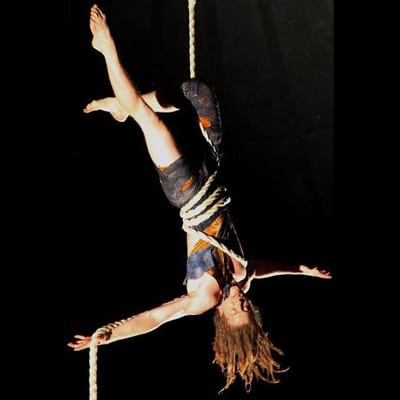
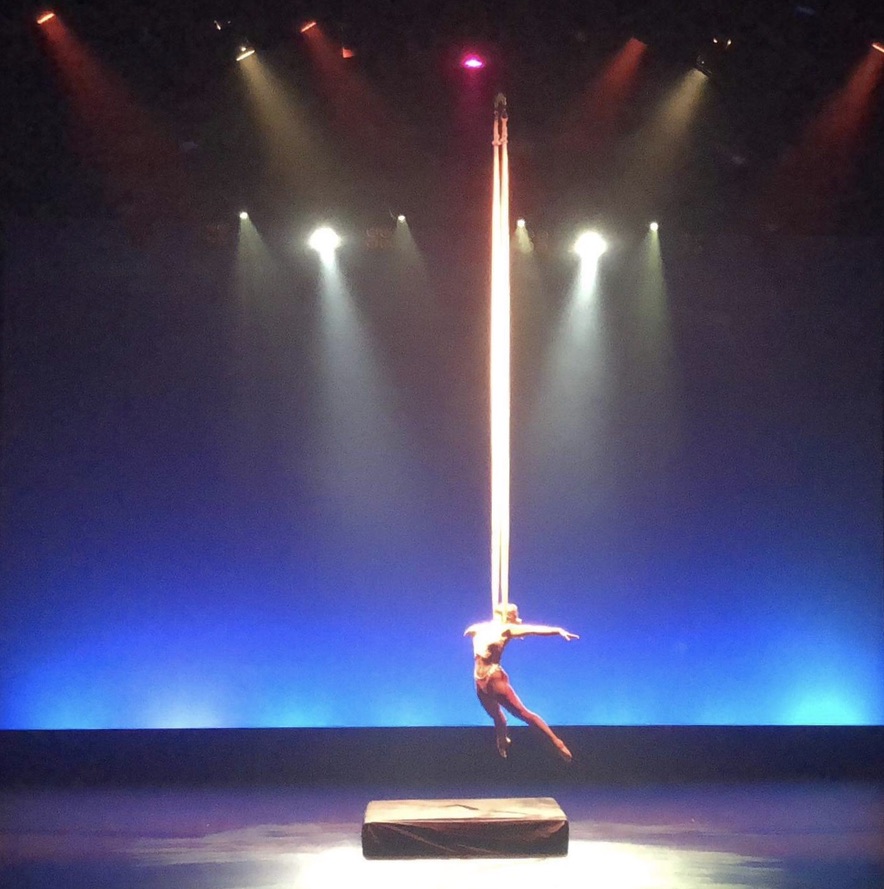
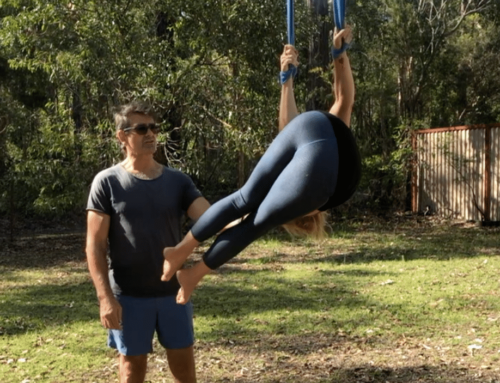
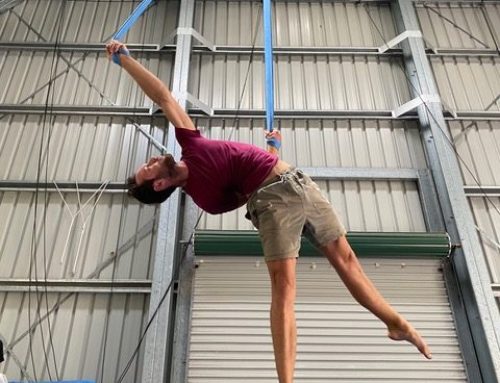
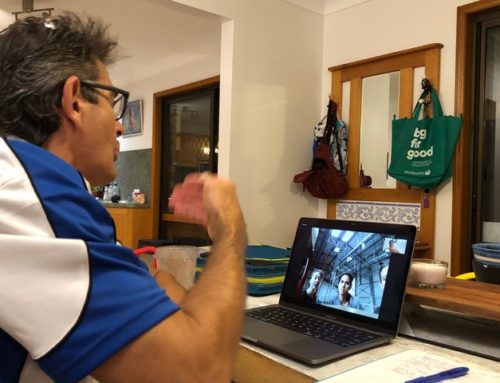
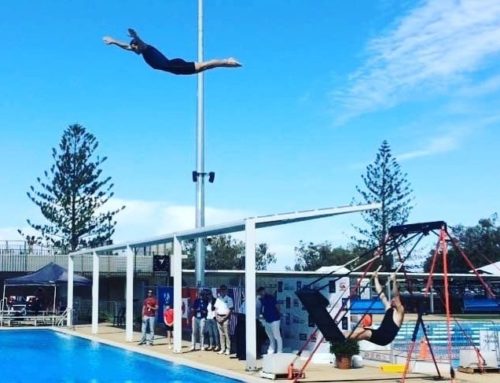
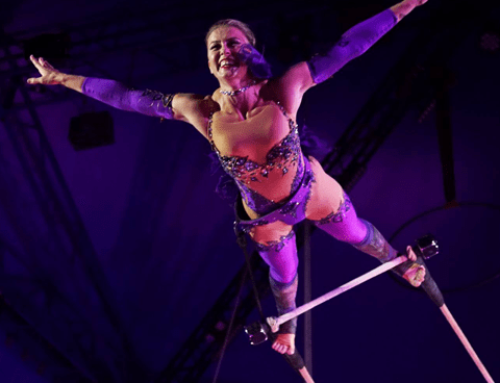


Looking forward to reading more. Great blog article. Thanks Again. Great. Nicolina Filmer Reger
Hi Nicolina
Thank you for your comment. I have written four sections with this title, did you read all four articles?
I’m pleased if it helped you understand how to improve swinging.
Cheers.
Rodleigh